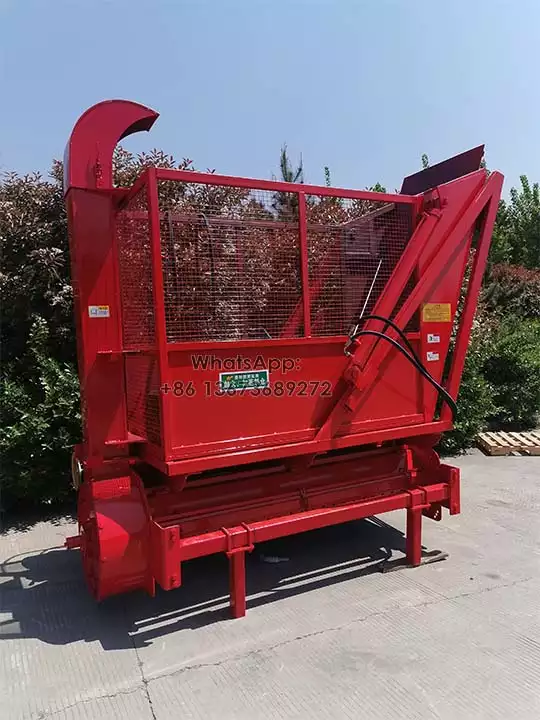Silage harvester South Africa: preferred choice for forage harvesting
Silage harvester is increasingly becoming the tool of choice for farmers in the South African agricultural sector. The use of these innovative farm machines not only contributes to the effective management of agricultural waste, but also provides a solution for efficient harvesting. So, now let’s together see the types of silage harvesters, the function of the forage harvester South Africa and how to harvest forage.

Types of silage harvester machines for sale


In fact, according to the presence or absence of a silo, it can be divided into 2 types, one with a silo and the other without a silo, both of which are to be used with a tractor for straw recycling in the field. As shown in the above, if you’re interested, welcome to contact us for more details for your silage harvesting.
Why use the silage harvester South Africa?
In South Africa, straw crushing and recycling machine is widely popular. Due to the agricultural characteristics of South Africa, these machines can effectively process agricultural waste such as corn stover and rice straw, which improves the quality of the soil and increases the yield of agricultural products.

This silage harvester typically utilizes advanced blade designs and high-speed rotation technology to pulverize waste straws and agricultural residues into small pieces. These pieces can be used as organic fertilizers or biomass fuels for resource reuse and reduced environmental burden.
How to harvest silage efficeinctly?
During operation, the silage harvester South Africa draws the straw and residues inside the machine and after crushing, the pieces are collected in a container while the residues are dispersed on the field to provide organic matter to the soil.
Taken together, the popularity of stalk crushing and recycling machines is rising in South Africa, and their efficiency and environmentally friendly features make them an integral part of modern agriculture. By facilitating the reuse of waste, these machines make a significant contribution to the sustainable development of agriculture in South Africa.